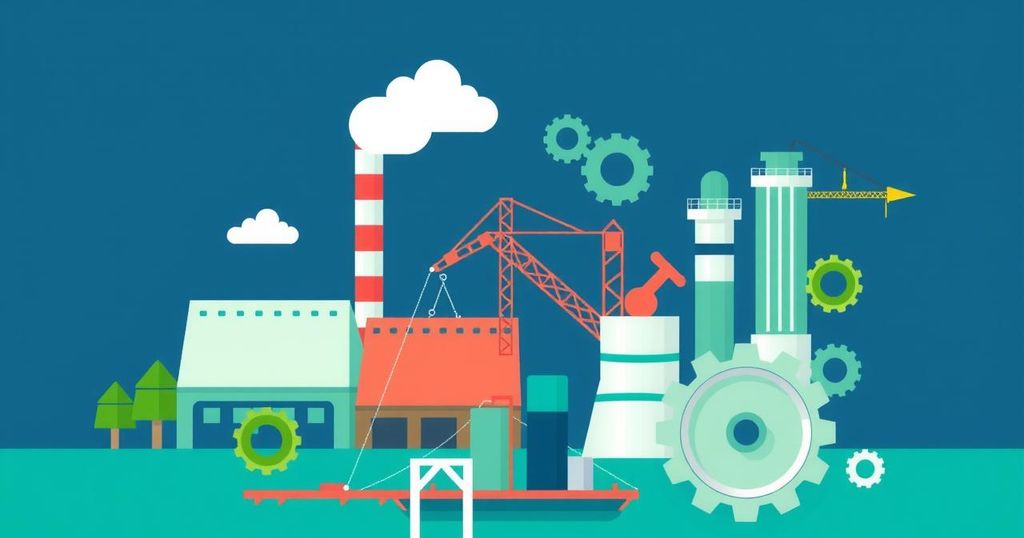India’s Tariff Policy: A Shield for Local Industries Against Global Threats

India’s tariff policy aims to protect local industries and generate revenue amidst US tariff threats. Union Minister Jitin Prasada highlighted tariff reforms intended to foster manufacturing competitiveness. India, a WTO member, is bound by tariffs yet embraces changes to enhance global trade relations.
Union Minister Jitin Prasada outlined India’s strategy for tariff regulation, aiming to protect local industries and generate tax revenue, in a statement to the Lok Sabha. This discussion coincides with impending tariffs proposed by US President Trump. Prasada acknowledged NITI Aayog’s comments on tariffs’ effects on India’s economy, stating it aligns with India’s growth strategy within the global market.
In his address, Prasada emphasized India’s commitments to the World Trade Organization (WTO), regarding maximum tariffs for commodities, which remain below these limits. With changing trade dynamics, India is pursuing preferential trade agreements (PTAs) and free trade agreements (FTAs) to reduce or remove tariffs and non-tariff barriers among member states.
To reform tariff structures, the government has initiated comprehensive changes aimed at correcting inverted duty issues. These reforms focus on lowering production costs, fostering domestic manufacturing, and increasing global competitiveness. Despite these reductions, some local industries still push for higher tariffs to shield themselves from foreign competition.
Significant tariff reductions have benefited manufacturing and international competitiveness in various sectors. For instance, import duties on 35 essential items for electric vehicle (EV) battery production and 28 items for mobile phone manufacturing will cease by March 2025. Prasada stated this initiative aims to strengthen local production and boost export capabilities, which includes reduced duties on vital minerals to attract investment.
Overall, India’s tariff policy is structured to protect local industries while adapting to global trade challenges, particularly in light of international tariffs. The government’s reform efforts aim to improve competitiveness and production efficiency, although responses from local industries vary regarding tariff heights. With ongoing reforms and agreements, India is positioning itself favorably within the global economic landscape.
Original Source: www.business-standard.com





